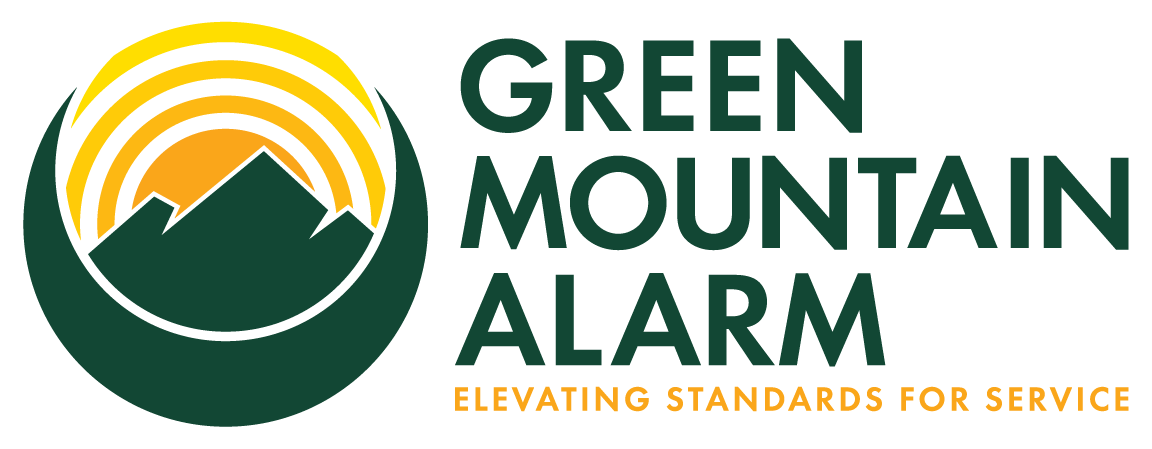Fire Alarm System Code Considerations Unique to Vermont
/The small rural state of Vermont, faces many challenges when it comes to the health and welfare of commercial fire alarm installation, service, and standard code enforcement. Lack of funding and a small staff contributes to the unfortunate reactive nature in which commercial fire alarms are standardized.
Many observations have been made where NFPA 72 and NEC 70 did not seem to be part of the installation. Many cite “grandfather clause” for the “whys” of the way things are, in which there is no written legality anywhere in NFPA.
Challenges of presenting options in bringing systems up to code with the money-conscious end-user typically is met with, “the prior fire inspector didn’t even mention there were violations!” As a newcomer to Vermont, I walk a fine line in my knowledge and duty as a state licensed inspector, but moreover the sheer risk many of these situations present to life and property. The stale air hangs above the conversation of times past, where clearly the client in front of me was previously sold a “bill of goods” and they eye my intentions with skepticism. The lack of enforcement and fines other states would attach does not prompt the customer to act right away. More often than not, they will seek out the same person who “passed them” the first time and we are back to where we started.
In Vermont, it is up to the fire inspector to decide what is a violation and what isn’t. This strange implementation of law leaves a big, ugly, gray area with liability weighing heavily on the fire inspector.
Coming from a city with current code adoptions, regular inspections, and follow up the remedy would be simple and clear-cut: everything that is not up to current code IS a violation. What this ends up meaning in Vermont, however, is simply a hasty checkmark next to a $50 Fire Alarm Control Panel sticker next to “YES” or “NO” by the word “VIOLATIONS?” Some inspectors must feel the burden of making that choice with a sharpie, as often times the sticker is blank.
Once the fire inspection is complete the inspecting entity is required to turn in the detailed inspection paperwork into the Division of Fire Safety’s regional office. I leave a copy with the client as well as at the panel if the location permits. It is an important tool to help create a history for consecutive inspectors. This information is vital when there are violations. If a fire incident were to happen and the fire alarm system didn't function properly it will be clear there were violations on the system. This would help the investigation in determining whether or not the violations were the cause of the system malfunction.
Vermont’s Division of Fire Safety has it’s own Fire & Building Safety Code updated last in 2015. Vermont, requires anyone that is to service, install, inspect, or design to hold a TQP License. This license is obtainable when the following conditions are met:
- The licensee holds a Master Electrician License -or-
- The licensee holds a Special Journeyman Electrician License -and-
- The licensee sends in proof of attendance of an 8 hour fire alarm course
This license is designed to support the notion that anyone performing these tasks will have knowledge of the following code books:
- NFPA 70 National Electrical Code - Current Vermont Adopted Edition
- NFPA 72 National Fire Alarm Code - Current Vermont Adopted Edition
- NFPA 720 Standard for the Installation of Carbon Monoxide Warning Equipment in Dwelling Units - Current Vermont Adopted Edition
- NFPA 101 Life Safety Code - Current Vermont Adopted Edition
Commercial fire alarms are designed to follow the code of FIVE different books. The person or persons who design, install, inspect, and service a life saving system should always take special care in making sure they are following these guidelines.
Another important consideration found in the State of Vermont is the monitoring of freezing temperatures. All addressable devices, Fire Alarm Control Panels, & Power Supplies have a temp ratio of 32 degrees; plus or minus. Addressable devices will often need to be converted or spec’d as conventional devices, which can eliminate the need for point to point reporting. Smoke detector applications become heat detectors or protecto-wire. The Fire Alarm Control Panel will always need to be in a heated area, as well as the power supplies. If the customer is stating the room will be heated we typically add a temp sensor to the system to ensure the panel does not dip too low.
Rural Vermont, through collaboration of other concerned security and life safety professionals will hopefully begin to see a more proactive approach to protecting loss of life and property.






